Doctors at Bai Chay Hospital performed an intervention to angioplasty the narrowed left internal carotid artery and placed a stent for the patient.
Many patients with stroke symptoms have escaped the jaws of death thanks to timely intervention. The case of Ms. Tr.TL (60 years old, Quang Yen ward) who was hospitalized in a state of fatigue, numbness and weakness in the right half of her body, and difficulty walking is a typical example. Ms. L had many complex underlying diseases such as coronary stent placement, heart failure, hypertension, and type 2 diabetes. MRI results showed that Ms. L had a cerebral infarction in the corpus callosum. In particular, digital subtraction angiography (DSA) images showed that the left carotid artery was severely narrowed (about 90%), the right side was atrophied with abnormal vascular anatomy (Bovine Arch). Faced with the risk of severe cerebral ischemia, doctors at Bai Chay Hospital decided to place a stent in the left internal carotid artery. The intervention was successful, Ms. L recovered quickly, was alert, and had no complications.
In another case, Mr. D.D.X (62 years old, Bai Chay ward) was hospitalized with symptoms of dizziness, numbness in the hands, and nausea, which are symptoms of severe cerebral ischemia. Paraclinical results determined that Mr. X had a 70% narrowing of the left internal carotid artery and a complete occlusion of the right internal carotid artery (chronic occlusion). The stent placement went smoothly, helping Mr. X avoid a severe stroke and return to normal life.
According to Master, Doctor Giap Hung Manh, Head of the Department of Neurology - Physical Therapy - Rehabilitation, Bai Chay Hospital, internal carotid artery occlusion is a form of stroke, with a very high level of danger. If not treated promptly, the patient may die, or suffer from severe sequelae, such as motor paralysis, cognitive disorders, language, vision, etc.
The carotid artery is the largest artery that carries blood from the heart to the brain. When the carotid artery is narrowed or blocked, the brain lacks oxygen and nutrients, leading to transient cerebral ischemia or cerebral infarction. Carotid stenting is a modern endovascular intervention method performed by inserting a stent (metal frame) into the narrowed area to widen and keep the carotid artery clear, helping to restore blood flow without open surgery. Patients do not need anesthesia, less pain, less invasive and quick recovery time.
From May 2025 to present, Bai Chay Hospital has successfully implemented cerebrovascular intervention techniques for about 20 patients, most of whom have progressed well and recovered quickly.
Master, Doctor Giap Hung Manh, Head of Department of Neurology - Physical Therapy - Rehabilitation, Bai Chay Hospital examined and checked the health of a patient after left internal carotid artery stenting intervention.
“Time is brain” is a familiar saying among professionals that has become a vital principle in stroke treatment. According to Dr. Giap Hung Manh, if taken to the hospital early, the patient has the opportunity to be treated with recanalization intervention methods: rtPA thrombolytic drugs and mechanical thrombectomy. Thrombolytic drugs are used to dissolve blood clots in cases of ischemic stroke and the patient arrives at the hospital within 4.5 hours from the time of onset of the disease. In cases where the drug is not suitable, or the drug is used but does not achieve the desired effect, the doctor will perform mechanical intervention by thrombectomy or stent placement. The time allowed for intervention in patients with ischemic stroke can be extended to 24 hours from the time of onset of the disease.
However, early detection is still the key. The warning signs of stroke need to be clearly recognized by the community such as: crooked mouth, paralysis of one arm or leg, slurred speech, confusion, loss of vision, sudden dizziness... If these signs are detected, the patient must be taken to a hospital that can intervene immediately. Because every minute that passes, millions of brain cells can be damaged and lost irreversibly.
With the orientation of developing high technology, Bai Chay Hospital has identified cerebral vascular intervention as one of the key areas of expertise that need priority investment, in order to improve the quality of stroke treatment and neurovascular diseases. The hospital currently has a system of modern machinery such as the DSA angiography system, and at the same time, it has built a team of doctors who have been trained in depth at major centers such as the 108 Military Central Hospital, Viet Duc Hospital, Bach Mai Hospital, SIS Can Tho Hospital, etc. "Saving the brain is saving lives, saving the future of each family. We continue to propose that the hospital's leaders invest and improve the quality of expertise so that Quang Ninh people can access high-quality medical services right in the locality" - Dr. Giap Hung Manh emphasized.
Not stopping at acute treatment, Bai Chay Hospital continues to make its mark with a comprehensive post-stroke care model. The Neurology - Stroke - Rehabilitation Re-examination Room was established on the 9th floor, Building D, Department of Neurology - Physical Therapy - Rehabilitation. The re-examination room is a place to receive and screen patients at risk of stroke, monitor the recovery process of patients after inpatient treatment or emergency stroke, and at the same time detect complications early, adjust the rehabilitation plan and provide personalized nutrition, exercise and psychological guidance.
Nguyen Hoa
Source: https://baoquangninh.vn/can-thiep-mach-mau-nao-chia-khoa-vang-trong-dieu-tri-dot-quy-3367977.html


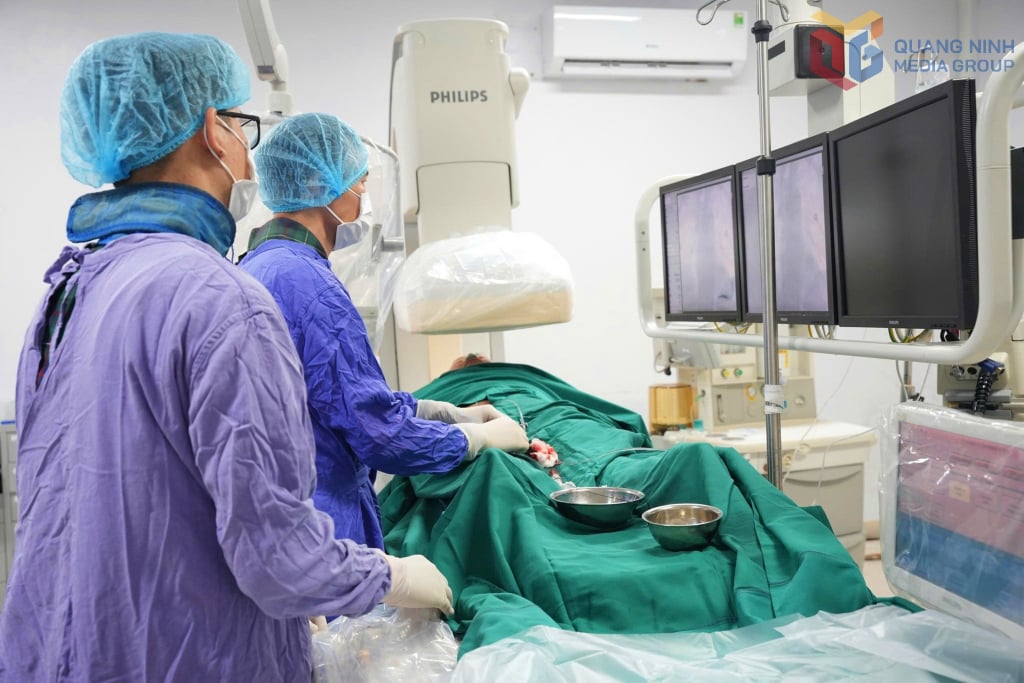

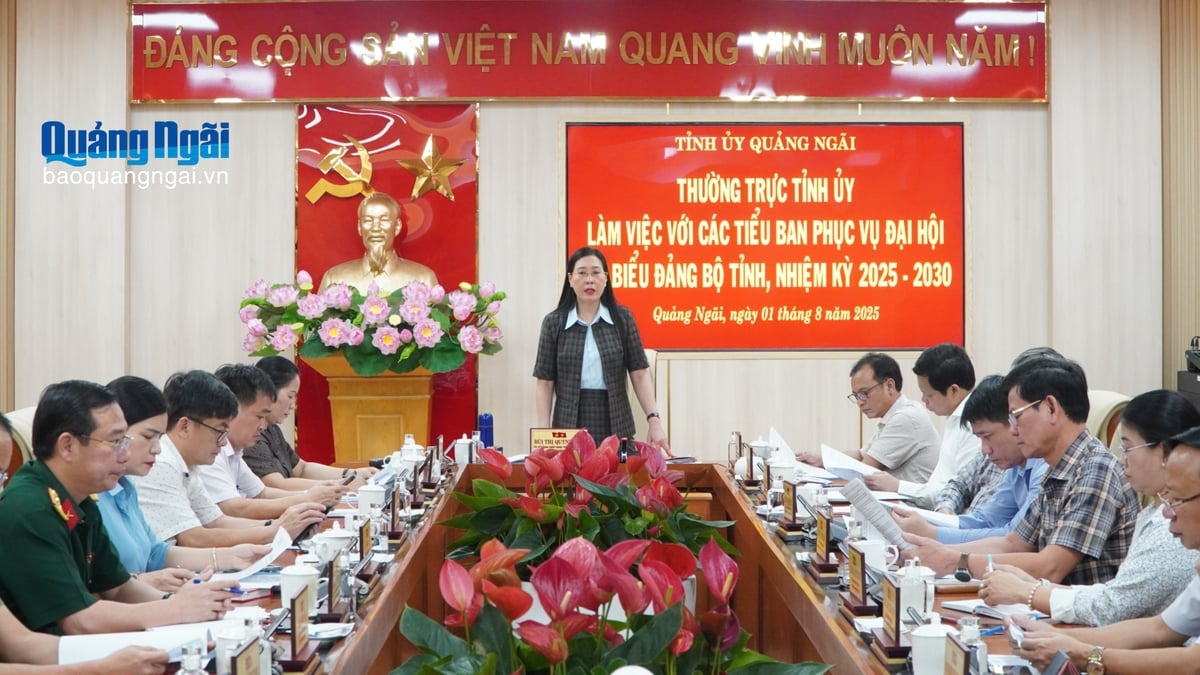

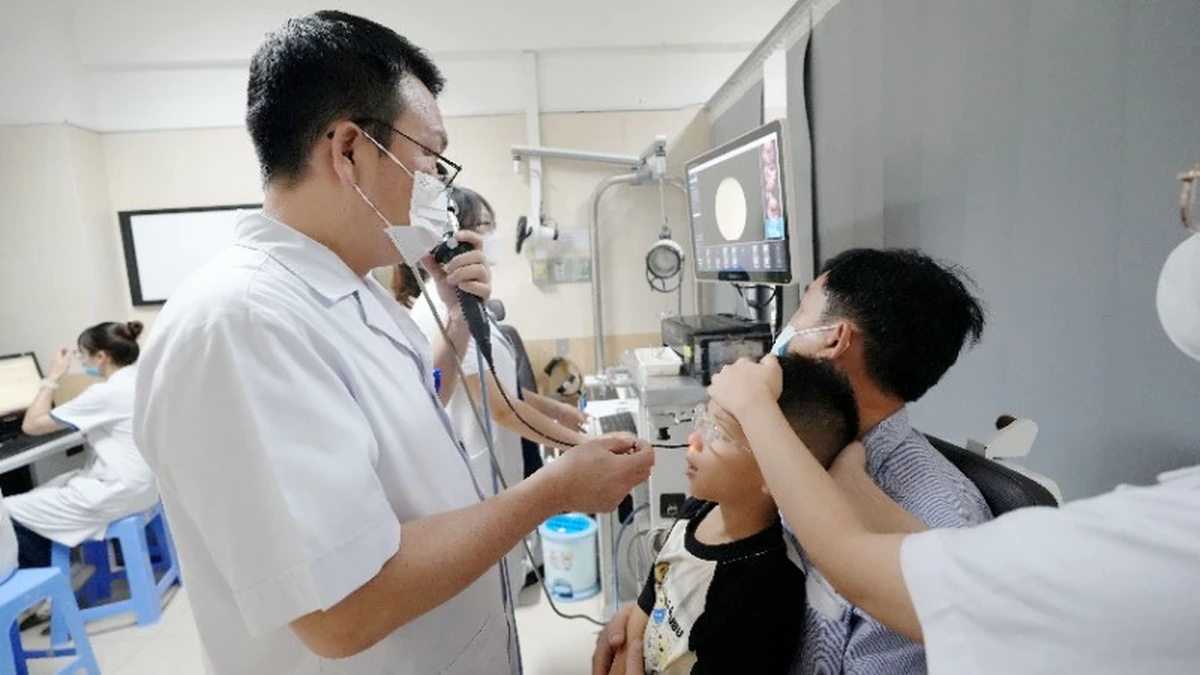
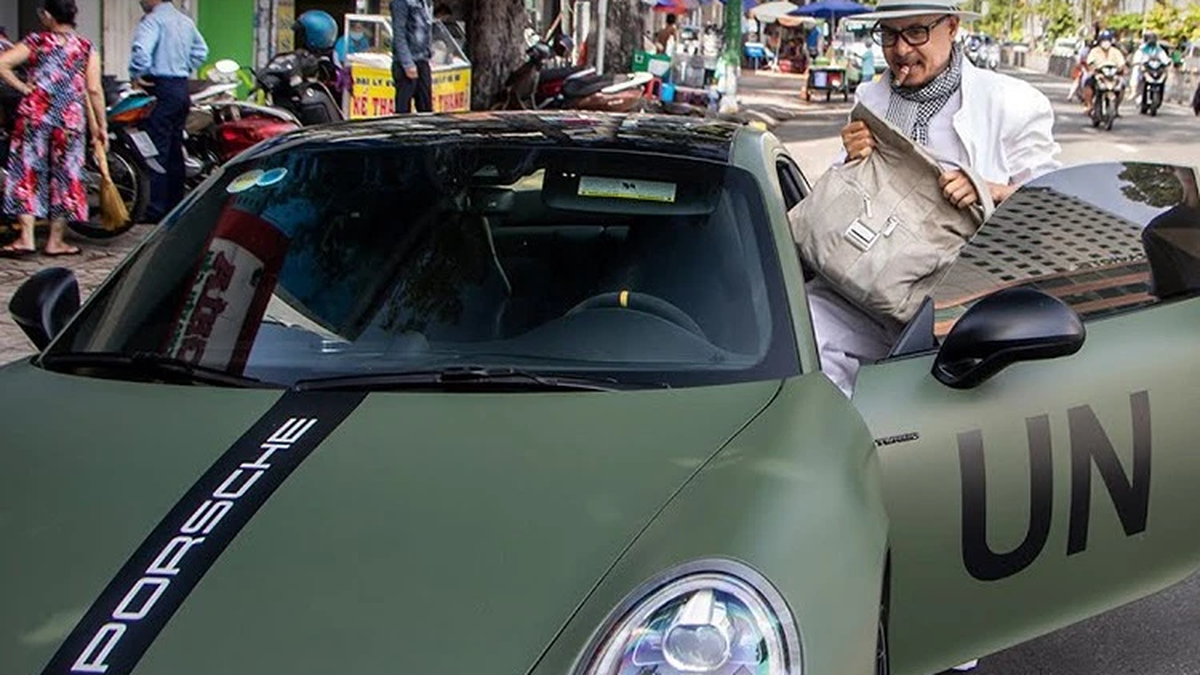

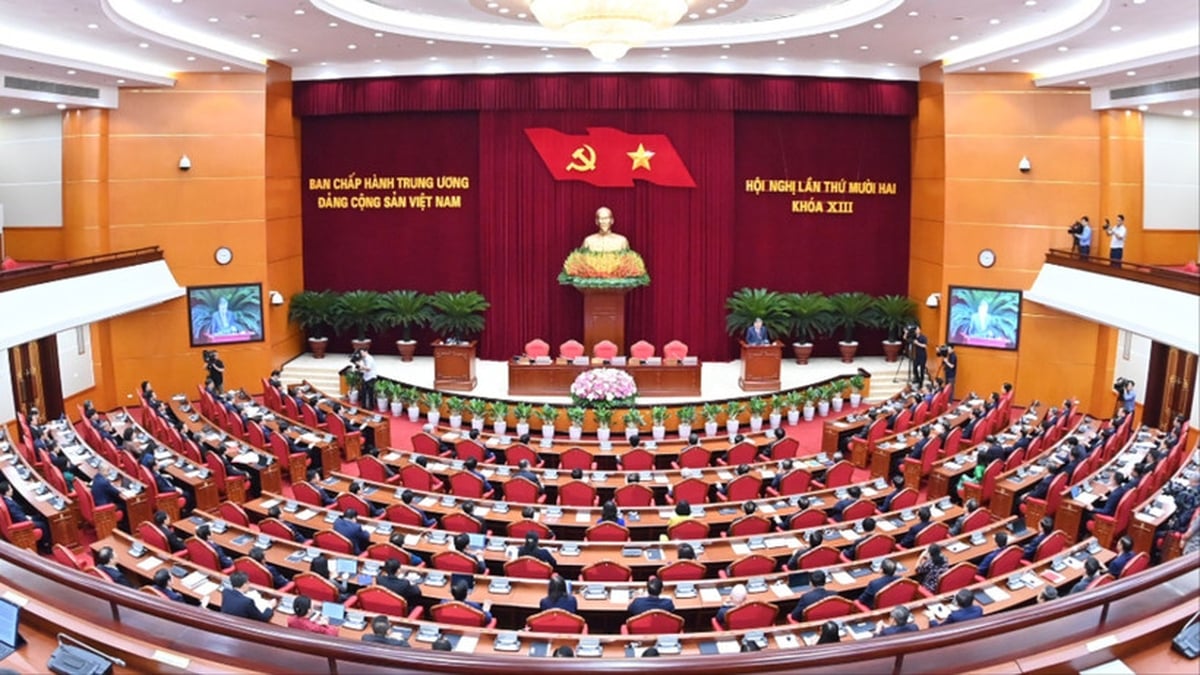


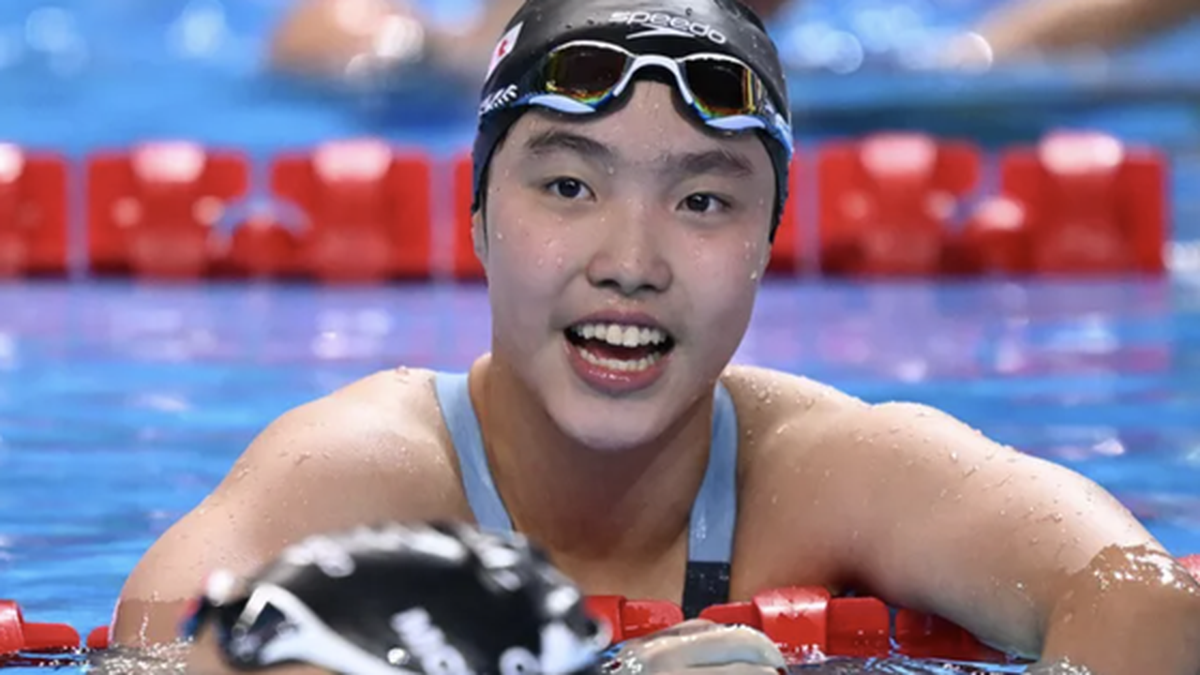
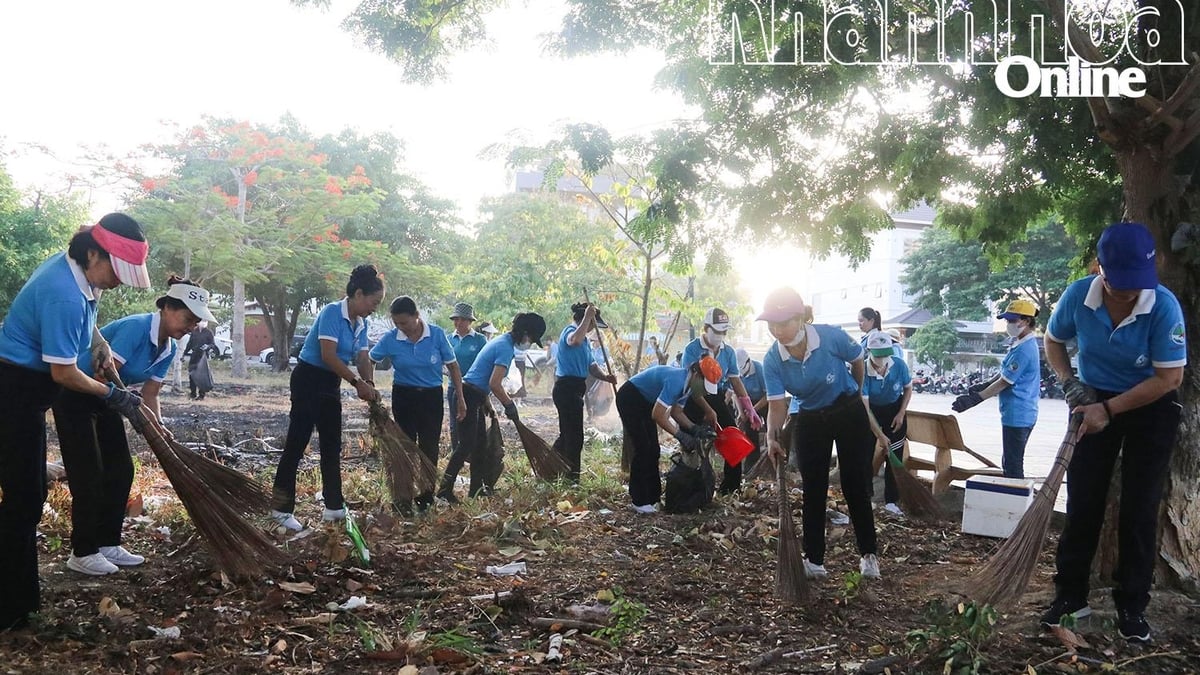



















































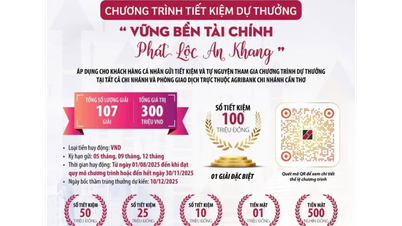






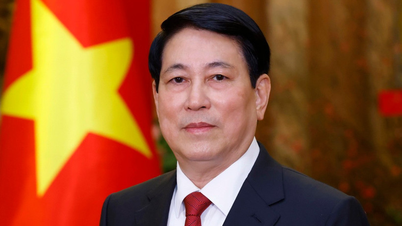
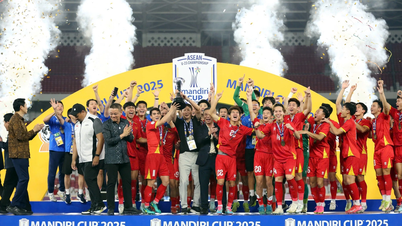

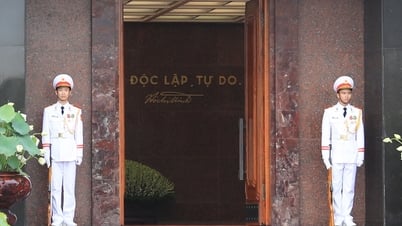
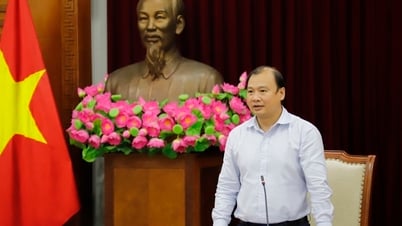

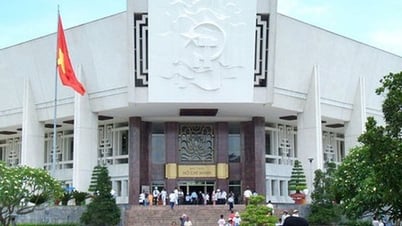



























Comment (0)